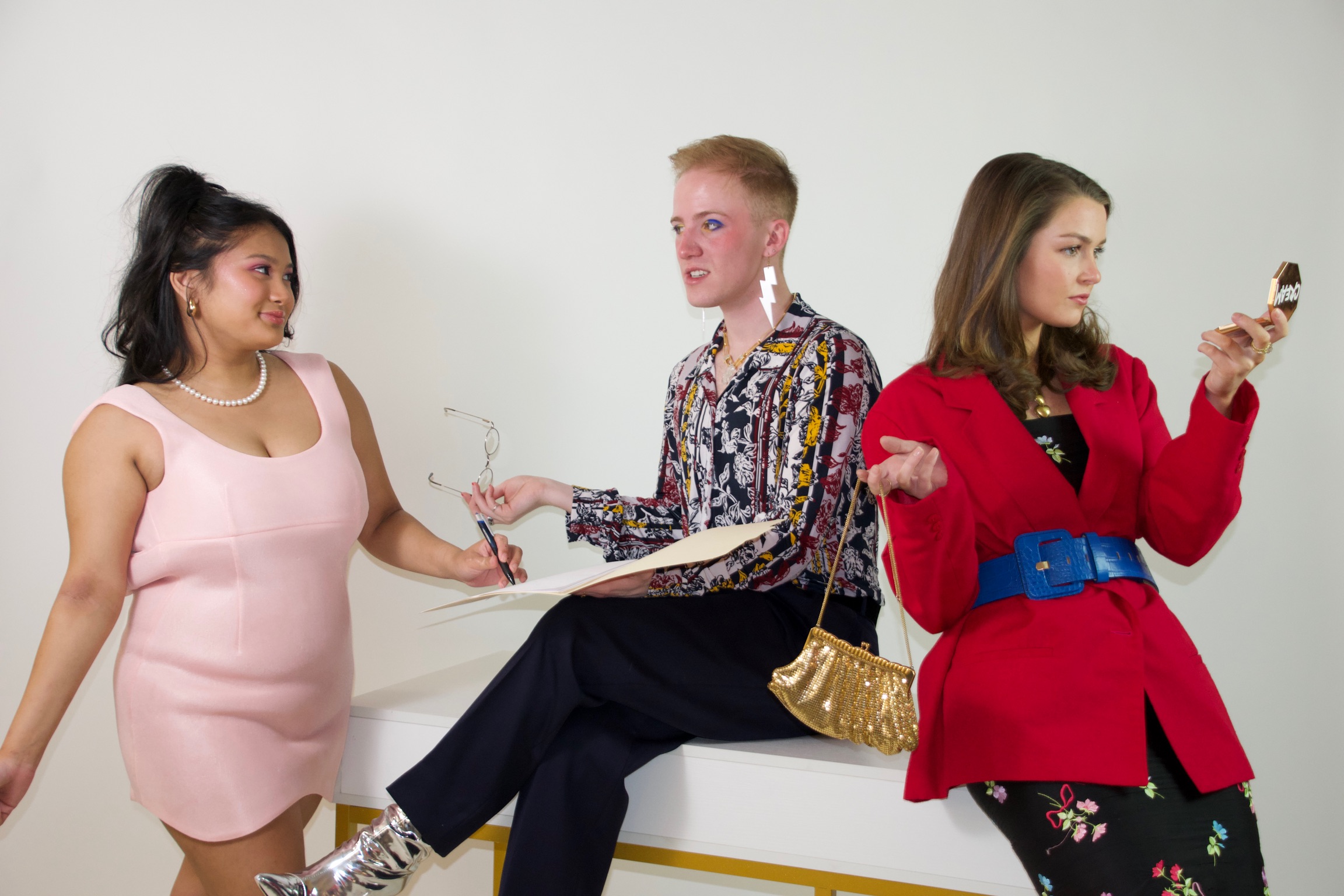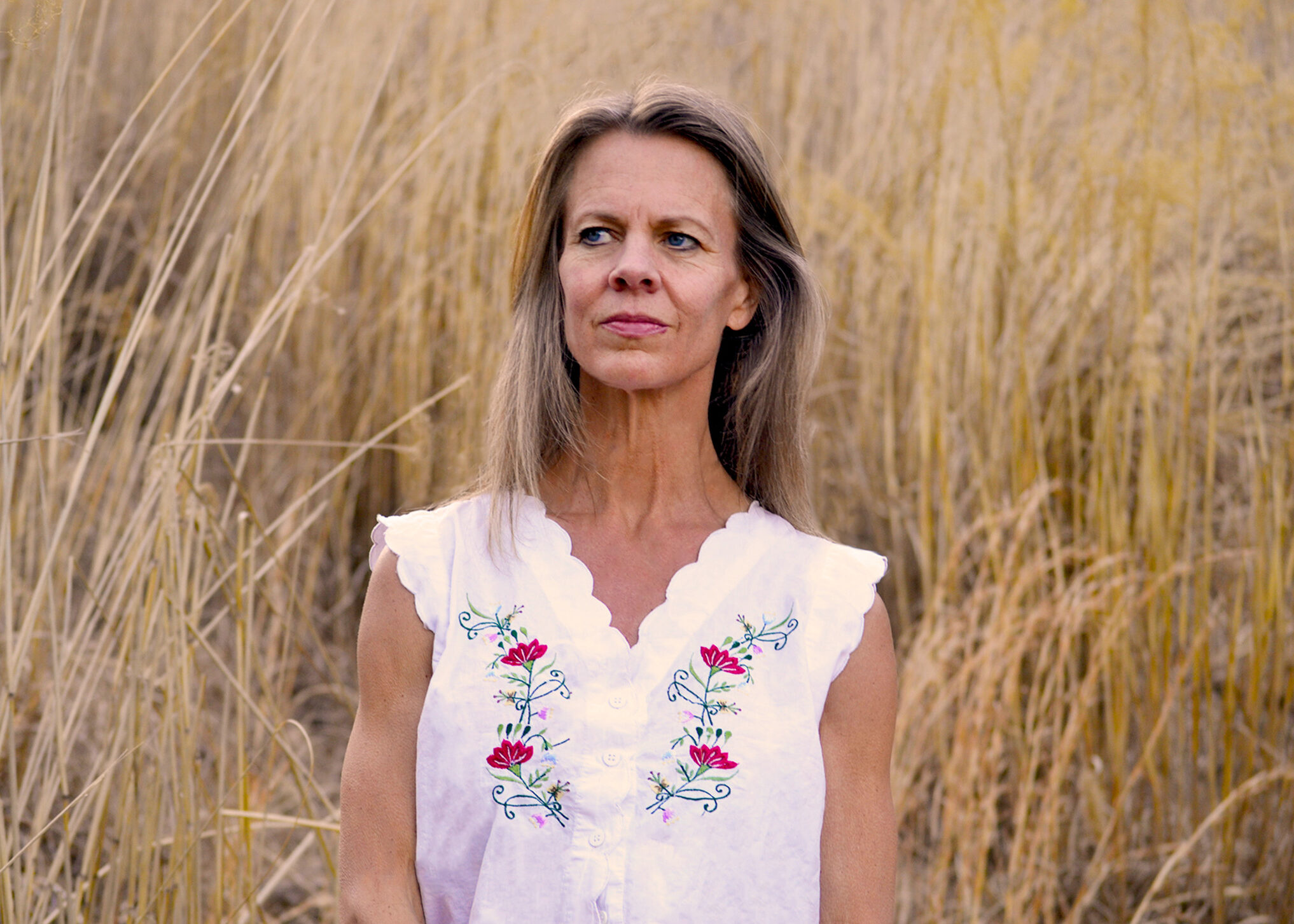COULTURE MAGAZINE

Power Dressing
In the late 20th century, a profound transformation echoed through the corridors of power led by the working women’s revolution. The dynamics of influence were no longer exclusive to masculine realms, as women carved their places in traditionally male-dominated spaces. The power of presence, once synonymous with masculinity, revealed its versatile potential, rejecting conventional constructs and championing equity in opportunity.
Dressing for success evolved from a mantra to a necessary tool for asserting validity in these powerful spaces. John T. Molloy, known for his insights into male work attire, extended his influence with the 1977 publication of “The Woman’s Dress for Success Book.” His “progressive” sequel introduced concepts like wardrobe engineering, emphasizing that both men and women could embody assertiveness in competitive corporate environments.
Molloy’s popularity replaced gender-coded workforce attire guidelines with advice for aspiring career women to echo masculine dress elements. While women embraced sharp lines and audacious silhouettes projecting virility, they were careful not to replicate male styles exactly. Designs always incorporated feminine elements, reinforcing gender distinctions and implying that styles emblematic of power were still emphatically male.
Hells Belles
The Belle is a trope pervasive in the collective consciousness of the South as she represents a shared ideal which cannot simply be taught. The Belle is a character: as if penned by a chauvinistic hand, she accentuates ideals of innocence and purity as a prerequisite to matrimony and maternity. She is a romanticization of outdated ideals which persists throughout our history and in our 21st century consciousness through the pageantry and performance she elicits.
Belles began as sisters, wives and daughters of the Confederacy, propelled by a guise of patriotism and preservation of the domestic front: a mission riddled with racist ideals of conserving whiteness preserving “pure” manifestations of the South.
Southern glorification of the Belle is what has come to inextricably tie her to the landscape. In the wake of the civil war, this mission was illustrated by flowery depictions of the Belle contrasted against degrading statements made by those disgraced by southern society.
In the infamous “Silent Sam” statue’s dedication speech “Unveiling of Confederate Monument at University” delivered by Julian Shakespeare Carr, the allusion-ridden testament to the southern woman in the wake of a lost war exemplifies the mythos of the Belle.
Carr writes, “She has made of the sturdy manhood of the South the highest product which a Christian race has yet attained.” As Carr continued in tangent to illustrate his concern for the “Anglo-Saxon” race by epitomizing the horrific underbelly of his dedication.
Carr proudly depicts how he “horse-whipped” a Black Woman, acting upon an accusation that “she had publicly insulted and maligned a southern lady.” In his shameless words, modern audiences can glimpse into just how horrifically detached the romanticized view of southern womanhood originated: by brutalizing and minimizing the adjacent experience of the Black southern woman.
By defacing the memory and history of one experience of womanhood, the other was embellished and romanticized. Still, this is how we remember these Southern Belles. Not for their discretions, but for the poetics and performances which encapsulated their memory. Only against the harsh contrast of women discarded and berated was the Belle given accreditations of strength and admiration.
We like to consider the modern southern realm far detached from this era, but from debutante balls where young girls don white gowns to showcase their matrimonial potential, to Old South Balls, a fraternal tradition of Kappa Alpha where the confederate garb construes a perverse celebration of the Confederacy; the aesthetics of the Old South today often distract from the root of its conception and the problematic nature through performative traditions.
Belle’s place on the southern consciousness is to draw the harsh line between the insider, or those who were born to subscribe to an ideal, against those who would never amount. Moral ideals such as purity are showcased through debutante balls and cotillions where strict codes of dress and etiquette are displayed as a matter of performance for young girls to fine-tune elements of their budding womanhood.
In the eye of any southern lady, decisions regarding how one may present themselves, how a young woman was meant to be interpreted and accepted within a fundamentally exclusionary society, was a matter of pressing importance.
The nature of performance she persists has undoubtedly found new mediums to live through in the South. This is exemplified in the southern art of beauty pageantry, where worth weighs on hyper-feminine appearances and airs of sickly sweet decorum which superficially translate the worth of a woman to an audience.
In the grand tapestry of Southern culture, performance becomes a nuanced reflection of identity and acceptance. Drag considers constructs of femininity such as the Belle as a source of inspiration in its parody. By mirroring Southern tradition of female performance, specifically in the form of beauty pageants, the art reclaims ideals of womanhood in their reappropriation.
For North Carolina Native and Drag Pageant Queen, Triston Chagolla, reappropriating the very southern medium of performance gave his female persona, Kiara Mel a platform to celebrate rather than chastise womanhood.
“Drag is my love letter to all women, but especially black and brown women,” he said “Those are the type of women that made me the man who I am today, my mother, my aunt, my grandmother, my Sunday school teachers, my school teachers, our bus drivers, my lunch ladies…these were the women that always had to open their arms open to me.”
Considering the South as a stronghold of tradition and a hearth of religious values, Tragolla explains that it is common amongst many southern queens to identify traditional beacons of performance as early sources of inspiration for drag.
“I feel like a lot of us grew up in church. And I think one thing as queer people, what we loved about churches is the theatricality of the Church and the community that it brings,” he said.
As Kiara Mel, Triston Chagolla attained national acclaim following a victory at the Miss Gay North Carolina America Pageant: epitomizing a modern resilience in Southern identity. Hailing from humble beginnings in the Lumbee Tribe of Robeson County, North Carolina, Chagolla’s journey into performance was fueled by a fervent passion for performance repressed by an upbringing captive to tradition and propriety.
Upon moving to Raleigh, Tragolla developed a newfound sense of liberation. Navigating the disparities of identity fostered from youth, Chagolla found solace in the art of drag, an outlet which invites all who dare to confront and reimagine the barriers of tradition.
As Southern drag continues to evolve, it serves as a beacon of resilience, redefining Southern femininity with grace and charm while challenging the confines of a traditionally oppressive narrative. In the embrace of tradition lies the opportunity for reinvention, a testament to the enduring spirit of the South and its capacity for transformation.
Moder Natur

This shoot intends to explore how motherhood resonates with the rhythms of nature and how the two often feel mirrored and interconnected through a shared sense of survival and stewardship.
The “folk” look of the clothing is inspired by nordic aesthetics and lore: paying homage to both the model’s “mother-land” and the aesthetic of nordic folk (which takes strong inspiration and narrative from nature).
Being as the mother’s identity cannot be conveyed only through clothing, the environment she curates speaks to her role as a source of life, reflected in a flower crown element to the look.

A Leisurely Scroll
What compelling editorial production on social media is meant to look like.
WEB DESIGN
In my coursework, The Most Remote Places on Earth was a project which allowed me to develop a foundational proficiency in the coding languages of css and html. The project built upon the web design principles I developed in the “Trailblazing Women in Fashion” project where I utilized the wireframe software Figma to plan and execute a web design while emphasizing user experience and engagement.

The Most Remote Places On Earth

Trailblazing Women in Fashion



